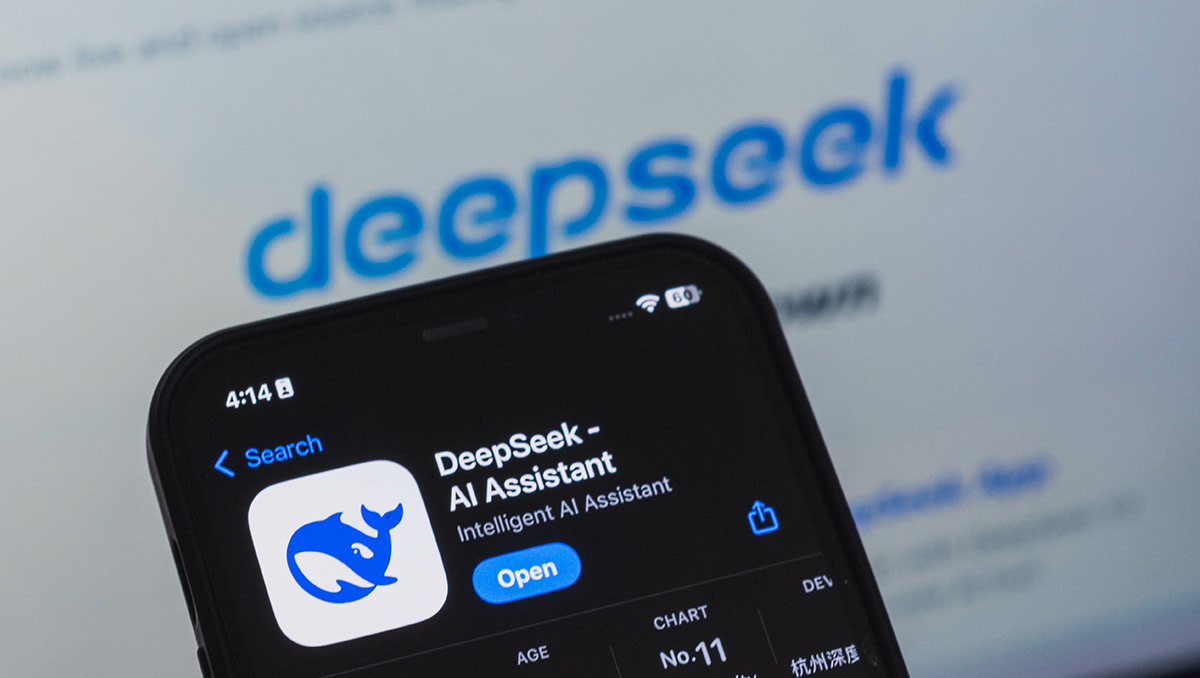vdrsoftwareonline.com – DeepSeek is an advanced software tool designed for deep learning, AI research, and data analysis. It provides a robust environment for model training, evaluation, and deployment, making it a valuable asset for researchers and developers alike. In this tutorial, we will explore the key features of DeepSeek, installation steps, and how to get started with basic and advanced functionalities.
Key Features of DeepSeek
- User-Friendly Interface: Intuitive UI for seamless navigation.
- Advanced Machine Learning Capabilities: Supports deep learning frameworks like TensorFlow and PyTorch.
- Scalability: Can handle large datasets and complex computations efficiently.
- Integration: Compatible with various cloud services and APIs.
- Customizability: Allows users to modify parameters and optimize models according to their needs.
Installation Guide
To install DeepSeek, follow these steps:
- System Requirements
- Operating System: Windows, macOS, or Linux
- RAM: Minimum 8GB (16GB recommended for larger datasets)
- Storage: At least 10GB of free space
- Python version 3.7+
- Installation Steps
- Download DeepSeek from the official website or GitHub repository.
- Run the installer and follow the on-screen instructions.
- Install dependencies using:
pip install -r requirements.txt - Verify the installation:
deepseek --version
Getting Started with DeepSeek
Once installed, users can start utilizing DeepSeek for various AI and ML projects. Here’s how to get started:
1. Setting Up a Project
- Open DeepSeek and create a new project.
- Select the desired machine learning framework (TensorFlow, PyTorch, etc.).
- Load your dataset and preprocess it using built-in tools.
2. Training a Model
- Define your neural network architecture.
- Adjust hyperparameters like learning rate and batch size.
- Execute the training script:
deepseek train --config config.yaml
3. Evaluating and Deploying the Model
- Use validation datasets to measure accuracy.
- Fine-tune the model for better performance.
- Deploy the trained model using API integration or cloud platforms.
Advanced Features
- Automated Hyperparameter Tuning: Optimize model performance with automated tuning.
- Real-Time Analytics Dashboard: Monitor training progress and model accuracy.
- Parallel Processing: Speed up computations using GPU acceleration.
Conclusion
DeepSeek is a powerful tool for AI and machine learning enthusiasts. Whether you are a beginner or an advanced user, this tutorial provides the foundation to leverage DeepSeek for data-driven insights. By following the steps outlined above, you can efficiently set up, train, and deploy deep learning models with ease. Start exploring DeepSeek today and unlock new possibilities in AI research!





